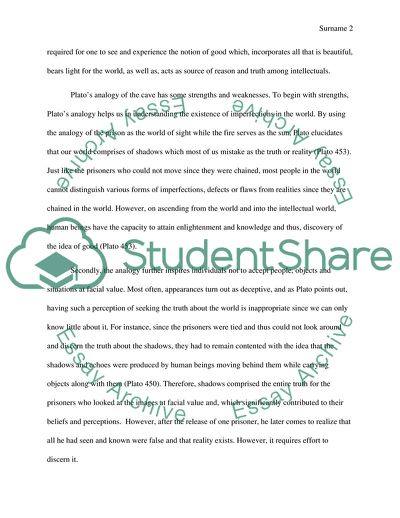Cite this document
(The Allegory of the Cave Book Report/Review Example | Topics and Well Written Essays - 1500 words, n.d.)
The Allegory of the Cave Book Report/Review Example | Topics and Well Written Essays - 1500 words. https://studentshare.org/philosophy/1872632-the-allegory-of-the-cave
The Allegory of the Cave Book Report/Review Example | Topics and Well Written Essays - 1500 words. https://studentshare.org/philosophy/1872632-the-allegory-of-the-cave
(The Allegory of the Cave Book Report/Review Example | Topics and Well Written Essays - 1500 Words)
The Allegory of the Cave Book Report/Review Example | Topics and Well Written Essays - 1500 Words. https://studentshare.org/philosophy/1872632-the-allegory-of-the-cave.
The Allegory of the Cave Book Report/Review Example | Topics and Well Written Essays - 1500 Words. https://studentshare.org/philosophy/1872632-the-allegory-of-the-cave.
“The Allegory of the Cave Book Report/Review Example | Topics and Well Written Essays - 1500 Words”. https://studentshare.org/philosophy/1872632-the-allegory-of-the-cave.


